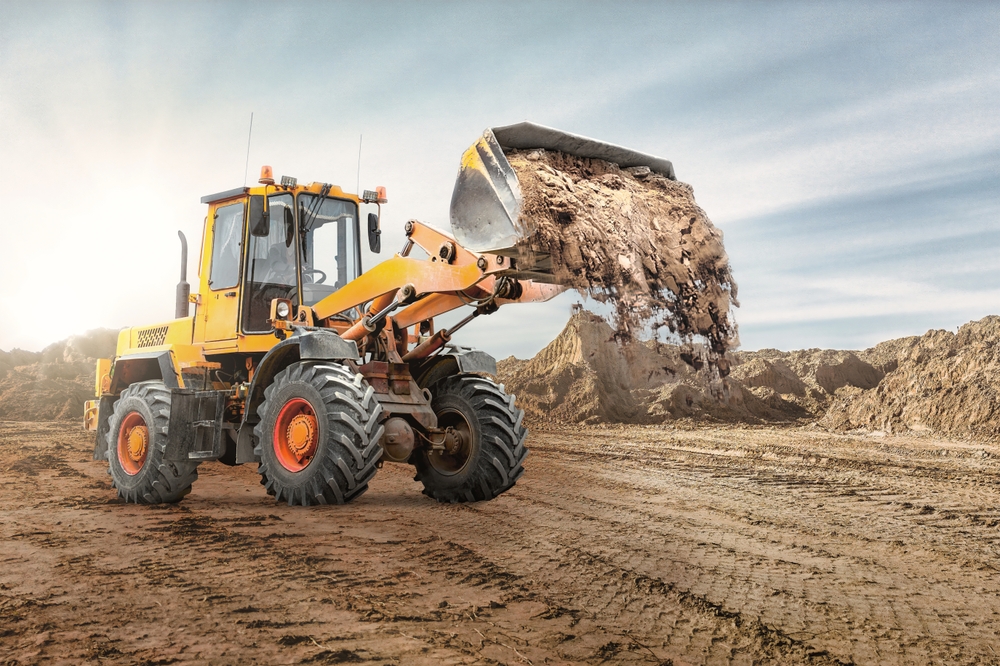Air Pollution in Construction: Causes and Solutions
Air Pollution in Construction: Causes and Solutions
The construction industry is vital to economic growth, but it also contributes significantly to environmental degradation. Among its various impacts, air pollution in construction is one of the most serious concerns. From dust and diesel emissions to toxic fumes, construction sites release pollutants that harm the environment, workers, and surrounding communities.
Reducing air pollution in construction has therefore become a key goal for sustainable development. Through proper management, green materials, and smart technology, the industry can strike a balance between progress and environmental responsibility.
What Is Air Pollution in Construction?
Air pollution in construction refers to the release of harmful airborne particles and gases during building, demolition, and transportation activities. These pollutants include dust (PM2.5 and PM10), nitrogen oxides (NOx), sulfur dioxide (SO₂), and volatile organic compounds (VOCs).
Sources of air pollution in construction include vehicle exhaust, cement mixing, excavation, cutting, and chemical use. When not properly controlled, these pollutants can affect air quality, contribute to climate change, and pose serious health risks.
Major Causes of Air Pollution in Construction
Understanding the main sources of air pollution in construction is the first step toward controlling it effectively.
1. Dust and Particulate Matter
Excavation, concrete mixing, and demolition release fine dust particles into the air. Without proper dust control measures, these particles spread across large areas, affecting both workers and nearby residents.
2. Diesel Emissions
Construction equipment powered by diesel engines emits large quantities of nitrogen oxides and carbon dioxide, contributing to low-emission construction challenges.
3. Material Handling
Transporting and unloading sand, cement, and aggregates generate airborne pollutants, especially on windy days.
4. Chemical Fumes
Paints, adhesives, and solvents release volatile organic compounds (VOCs), worsening indoor and outdoor air quality.
5. Waste Burning
In some cases, improper waste disposal practices like open burning of construction debris add to air pollution in construction sites.
Impact of Air Pollution in Construction
The consequences of air pollution in construction extend far beyond the worksite.
-
Environmental Damage: Pollutants increase greenhouse gas emissions and contribute to smog and climate change.
-
Health Hazards: Long-term exposure causes respiratory diseases, allergies, and cardiovascular problems.
-
Reduced Visibility: Dust and emissions can create smog, affecting transportation and safety.
-
Regulatory Non-Compliance: Violating pollution norms can result in fines and project delays.
-
Community Impact: Nearby residents, schools, and hospitals often experience poor air quality during construction.
Thus, controlling air pollution in construction is crucial for both human health and environmental sustainability.
Effective Solutions for Air Pollution Control
Mitigating air pollution in construction requires a combination of smart planning, technology, and awareness. Here are some effective strategies:
1. Dust Suppression Techniques
Regular water spraying, dust barriers, and windbreaks can reduce particulate matter emissions. Covering trucks and storing materials properly are simple yet effective pollution control practices.
2. Low-Emission Machinery
Replacing old diesel-powered machines with electric or hybrid models supports low-emission construction and reduces harmful exhaust.
3. Sustainable Materials
Using green materials such as fly ash concrete, recycled aggregates, and low-VOC paints minimizes environmental impact and supports eco-friendly design.
4. Smart Construction Technology
Sensors and monitoring systems can measure real-time air quality and alert site managers when pollution levels rise.
5. Waste Management
Proper disposal and recycling of waste materials prevent open burning, a common cause of air pollution.
6. Green Barriers
Planting trees and shrubs around the site helps absorb dust and pollutants naturally, contributing to sustainable landscaping and urban sustainability.
Air Pollution Regulations in India
India has implemented several policies to address air pollution. The Central Pollution Control Board (CPCB) enforces guidelines for dust control, equipment maintenance, and waste management.
Local bodies such as the Delhi Pollution Control Committee (DPCC) have made dust management mandatory at all construction sites. Developers must install anti-smog guns, cover construction materials, and monitor particulate matter levels regularly.
Compliance with these rules not only protects the environment but also aligns with international LEED certification standards for sustainable construction.

The Role of Sustainable Construction
Adopting sustainable construction methods can drastically reduce air pollution in construction. Techniques like prefabricated construction, passive design, and natural ventilation lower resource consumption while enhancing building performance.
Moreover, integrating renewable energy sources like solar panels on-site can reduce dependency on diesel generators, further cutting emissions.
Partner with Experts in Pollution Control
At AMS India, we specialize in implementing construction pollution control strategies that reduce dust, emissions, and environmental impact. Our team uses advanced technology and eco-friendly construction practices to ensure every project meets sustainability goals and regulatory requirements.
Conclusion
Air pollution is a growing concern that requires immediate attention. Through smarter planning, sustainable materials, and clean technologies, the construction sector can significantly reduce its environmental footprint.
By prioritizing air pollution control, we can build cleaner, healthier, and more resilient cities for future generations — proving that true progress goes hand in hand with sustainability.
Read more related articles to enhance your knowledge and make informed decisions
Cost-Effective Modular Construction: Fast, and Sustainable Building Solutions
Smart Modular Buildings: Innovative, Efficient, and Sustainable Construction








